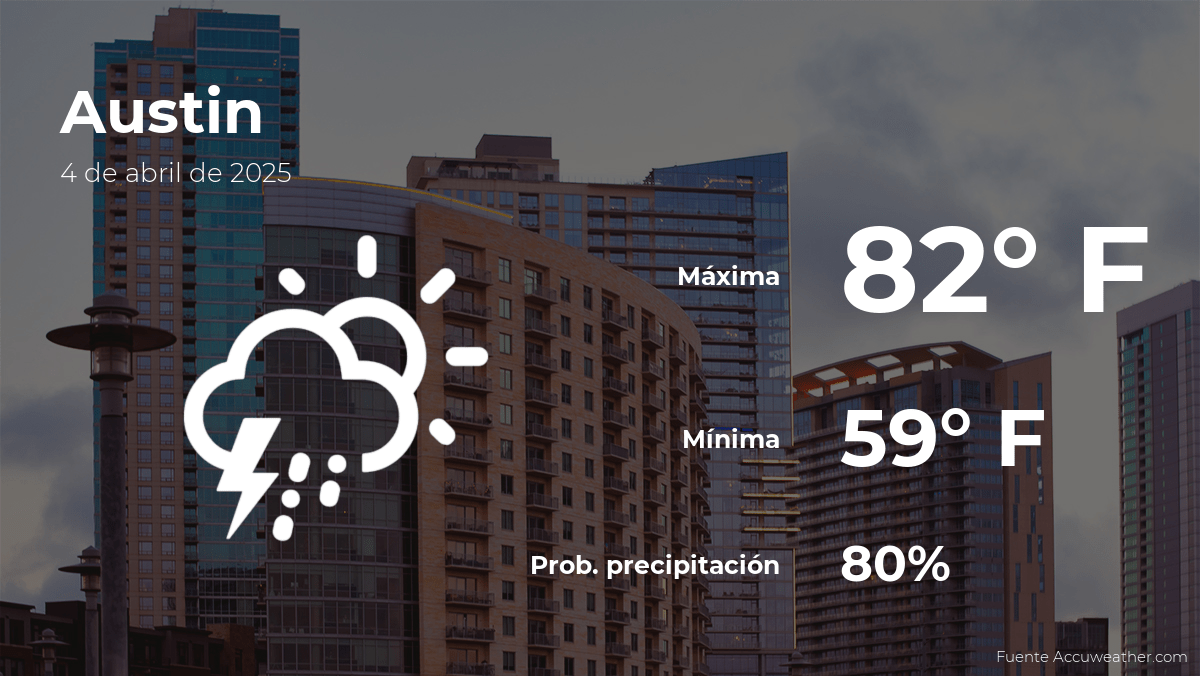Google has long been at the forefront of technological advancements, and its latest innovation in artificial intelligence (AI) is poised to transform a critical industry—weather forecasting. In a world increasingly affected by unpredictable climate events and extreme weather patterns, the demand for accurate and timely weather predictions has never been more pressing. Google’s new AI-driven weather prediction model promises to revolutionize the way meteorologists predict weather, making forecasts more precise and actionable. This groundbreaking technology could redefine our approach to understanding and mitigating the impacts of weather, benefiting individuals, businesses, and governments alike.
Introduction: The Need for Accurate Weather Forecasting
Weather forecasting is a crucial aspect of modern life, influencing everything from daily commuting to global supply chains. Traditional weather models rely on complex algorithms and historical data to predict atmospheric conditions, but their accuracy can be limited by numerous factors, including geographic location, time of year, and the inherent unpredictability of weather systems. With the increasing frequency of extreme weather events such as hurricanes, wildfires, and severe storms, there is a heightened need for more accurate and reliable weather predictions.
Enter Google’s cutting-edge AI weather prediction model, which aims to bridge the gap between current forecasting capabilities and the future of meteorological science. By leveraging the power of deep learning and vast amounts of meteorological data, this model promises to provide real-time, hyper-accurate weather predictions that could save lives, protect property, and help businesses plan more effectively for the future.
How Google’s AI Weather Prediction Model Works
At the heart of Google’s innovative weather prediction system lies a sophisticated deep learning architecture capable of processing enormous volumes of data in real-time. The AI system uses a range of inputs, including satellite imagery, weather station data, and atmospheric conditions, to generate highly detailed predictions about the state of the atmosphere.
Advanced Machine Learning Techniques
Google’s AI leverages a combination of neural networks and other machine learning techniques to continuously improve its predictions. Unlike traditional models, which often rely on predefined equations and rule-based systems, Google’s AI system “learns” from new data. By training on vast datasets that encompass decades of weather observations, the AI becomes increasingly adept at identifying patterns and making accurate predictions, even in complex and changing conditions.
- Data Assimilation: Google’s AI integrates data from multiple sources, such as weather satellites, radar systems, and meteorological stations, ensuring that the model has access to the most up-to-date and comprehensive information available.
- Predictive Modeling: Using machine learning algorithms, the system analyzes this data to predict weather patterns with remarkable precision. This includes forecasting temperature, precipitation, wind speed, and more on both short and long time scales.
- Continuous Learning: The model is not static; it continuously updates its predictions based on new data inputs, which allows it to adapt to changing weather patterns and improve over time.
Real-Time Predictions and Hyperlocal Accuracy
One of the most impressive features of Google’s AI weather model is its ability to provide hyperlocal predictions with exceptional accuracy. Traditional weather forecasts often offer general predictions based on broad geographical regions, but Google’s AI can offer highly localized forecasts down to the city block level, a game-changer for industries that depend on precise weather information. Whether it’s predicting rain on a specific street in a city or forecasting winds over a small coastal area, Google’s system is designed to provide the level of granularity needed to make informed decisions.
The Impact on Industries and Society
The potential applications of Google’s AI weather prediction system are vast, spanning multiple industries and sectors. By providing more accurate and timely forecasts, the technology promises to deliver significant benefits to areas such as disaster preparedness, agriculture, transportation, and energy management.
Improving Disaster Preparedness
One of the most critical areas where AI-powered weather prediction can make a difference is in disaster preparedness. With the increasing frequency and intensity of natural disasters, timely and accurate weather predictions are crucial for saving lives and minimizing property damage. Google’s AI model can help emergency response teams prepare for extreme weather events such as hurricanes, tornadoes, and floods by providing real-time predictions that allow for quicker evacuations and more targeted relief efforts.
Enhancing Agricultural Productivity
Agriculture is another sector that stands to benefit significantly from improved weather forecasting. Farmers rely on accurate weather data to plan planting, irrigation, and harvesting schedules. With Google’s AI model, farmers can receive highly localized weather forecasts, which will allow them to optimize their crop yields and reduce the risk of crop damage due to unexpected weather events.
Revolutionizing Transportation and Logistics
Transportation networks, particularly in areas prone to severe weather, can also benefit from enhanced weather forecasting. Precise, real-time predictions about storms, snow, and high winds can help airlines, shipping companies, and road transport operators adjust their schedules and routes accordingly. This can reduce delays, improve safety, and increase overall efficiency.
Optimizing Energy Consumption
The energy sector is another area where AI-driven weather forecasting can have a profound impact. Accurate weather predictions are essential for energy production and consumption, particularly for renewable energy sources like solar and wind. By accurately forecasting weather patterns, Google’s AI model can help energy providers predict demand spikes or shortages and optimize the distribution of resources.
Challenges and Ethical Considerations
While the potential of Google’s AI weather prediction system is immense, there are challenges and ethical considerations that must be addressed. First and foremost, the accuracy of AI-driven predictions is contingent upon the quality of the data fed into the system. If the data is incomplete or biased, it can lead to inaccurate predictions. Ensuring the integrity and diversity of the data is crucial for maintaining the reliability of the system.
Data Privacy and Security
Another important issue is the privacy and security of the data used by the AI system. Weather data, while often publicly available, may be tied to personal or commercial information, raising concerns about how this data is collected, stored, and used. Google will need to ensure that it follows strict data privacy regulations and practices to protect individuals’ and organizations’ sensitive information.
Dependence on AI and Human Oversight
Finally, while AI models are increasingly capable of making accurate predictions, it is essential to remember that they are not infallible. Human oversight will remain critical in interpreting and applying the predictions made by the AI system, especially in complex or unforeseen situations. It will be important to strike a balance between leveraging AI capabilities and maintaining human expertise in weather forecasting.
Conclusion: A New Era for Weather Forecasting
Google’s cutting-edge AI weather prediction model marks a significant leap forward in the field of meteorology. By harnessing the power of deep learning and vast amounts of weather data, the model has the potential to dramatically improve the accuracy and precision of weather forecasts. Its applications across various industries—from disaster management to agriculture to transportation—could help mitigate the impacts of extreme weather, save lives, and improve overall economic efficiency.
However, as with all technological advancements, the widespread adoption of AI in weather forecasting will require careful consideration of data privacy, security, and the need for human oversight. As the technology continues to evolve, it is clear that AI will play an increasingly important role in shaping how we understand and respond to the forces of nature.
For more information on Google’s AI developments, you can visit their official AI page. To stay updated on the latest trends in weather forecasting, check out this World Meteorological Organization resource.
See more Your Daily Weather



